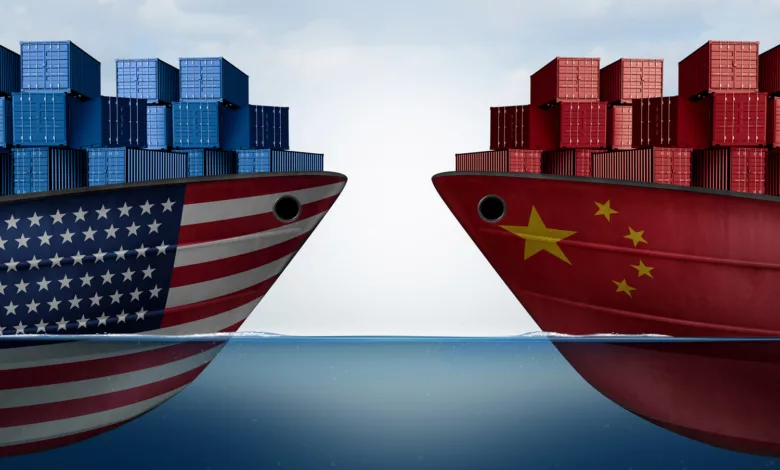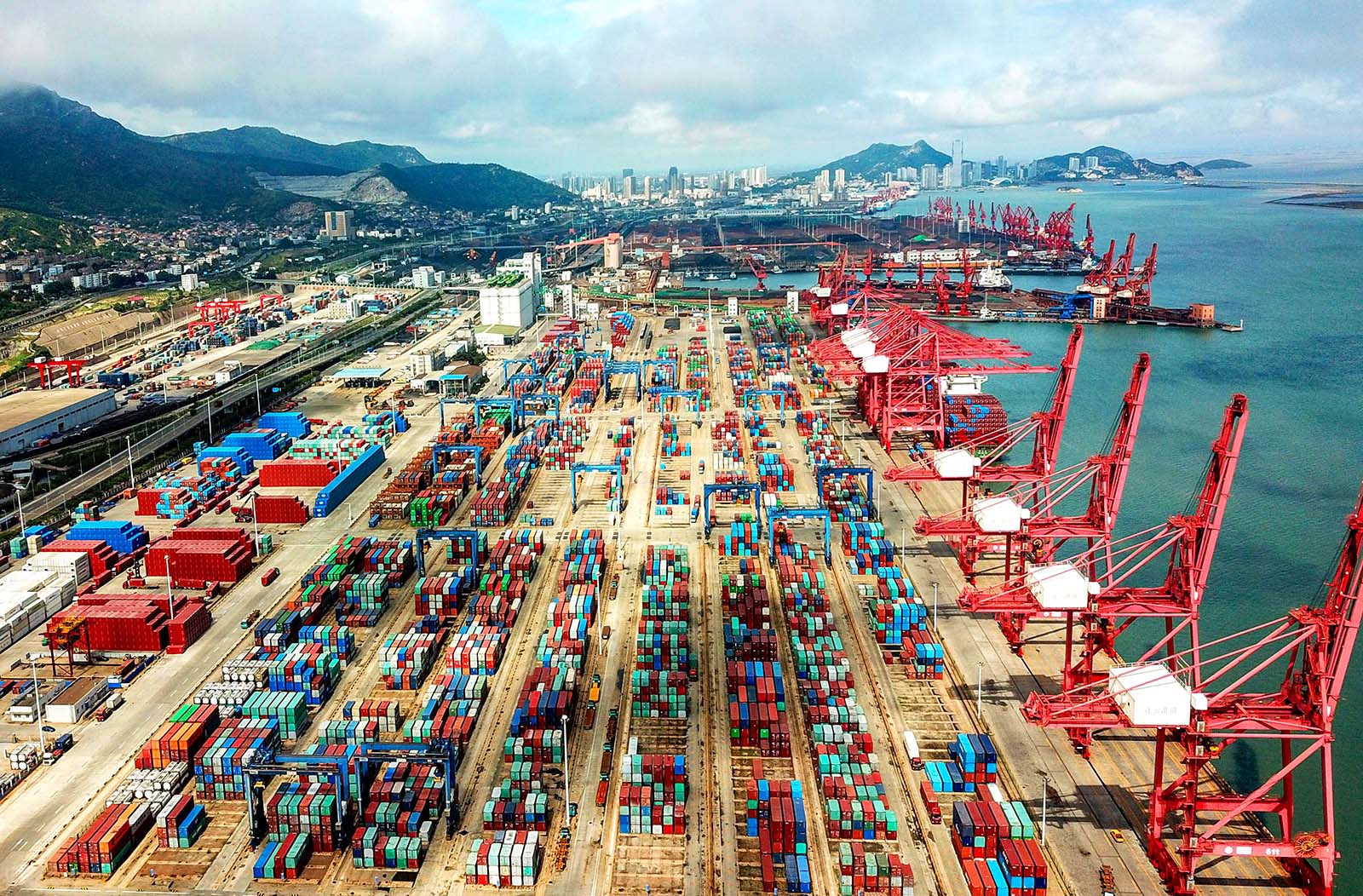U.S. trade shift to other nations amidst China’s tensions but no signs of decoupling yet

The U.S. trade has been affected by the shocks and tensions of Covid-19 in China, but there have been efforts to reduce the dependence on the Chinese economy. However, the decoupling has not taken place swiftly.
Security concerns have increased, and the trade between the U.S. and China suffered because of the imposition of tariffs between Washington and Beijing. Ever since trade has increased. The numbers could increase faster when the trade reports of 2022 are released, showing that the two biggest economies are interrelated.
But, experts have cited that the tensions have caused problems in other ways.
Since the initiation of the trade war between the U.S. and China, trade has declined significantly between the two countries.
China has turned away from U.S. imports. It involves explicitly the goods which are based on U.S.-raised tariffs. The AFP has stated this.

The trade war has caused a decline in the valuation of American goods in China from 506 billion USD in 2017 to 450 billion USD in 2019.
The decreasing numbers can not be backed by the widening of the bilateral trade connections between the two nations, but the pandemic has taken a huge toll on the country’s economy.
China has seen a sharp decline since the beginning of Covid-19 last November because of the crashing of businesses due to the zero covid policy.

The imports have declined in the U.S. because of the decrease in customer spending as they become wary of recession.
Ryan Sweet of Oxford Economics has revealed that people used to spend heavily on imports during the covid-19 pandemic. However, with the ease of the pandemic, spending has shifted to the service sector.
This has resulted in the reduction of demand for goods and helps to explain why the numbers have remained strong.
It has been evident that the U.S. government data could show an increase in trade between China and the U.S. to reach a new high in 2022.
Sweet has stated that the people can anticipate diversification rather than decoupling its shipments from China.
Increasing climatic adversities have increased the risk of the creation of over-concentrated supply chains for one firm in one geographical area, as stated by a lecturer at an American University.
U.S. attempt to decouple itself from China: can it be considered a diversification process?
At the same time, the U.S. has been trying to become self-reliant in many sectors, like the semiconductor industry.
Koopman has stated that the introduction of new policies such as the Inflation Reduction Act, Chips Act, and other related sanctions could prove to be an attempt to cut off from China.
A senior fellow at the Center for Strategic and International Studies has stated as the companies are reassessing and reviewing the current condition of chains, one of the consequences would be the trade the U.S. will move away from China and shift to other countries. The countries could be in Southeast Asia or closer to the United States.
She has moreover added that it is too early to comment on U.S. trade relations, but the U.S. industries are likely to go through a decoupling in sectors that involves semiconductors or other tech industries.
The businesses from China have shifted to Vietnam or Mexico. It is because there has been a substitution of suppliers, as stated by a person of PIIE. She has stated that it has been accelerated by the Chinese investors who have established factories outside their native country.

On the other hand, Mexico shares a different story. The region has been based on Chinese investment, and many multinational companies are moving closer to the U.S.
But, the main problem with countries like Mexico is that they will require domestic reforms to increase competitiveness and result in lower trade costs to generate higher benefits.
At the same time, U.S. goods imports from European nations have been increasing, accounting for 504.4 billion USD in 2022.
But economists have predicted that this rise in numbers is representative of the global scenario returning to the pre-pandemic levels. In addition, China expects a rise in imports as it is recovering from the implications of covid-19.
Edited by Prakriti Arora




